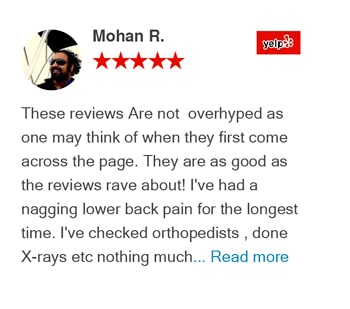
Sciatica Specialist
Sciatica is a pain that originates from injury or irritation to the sciatic nerve. The sciatic nerve is the most significant and extended body that supplies the buttock or gluteal area.
A sciatica person will experience pain anywhere from the lower back, the hips, down to the buttocks, and even the legs. If you are suffering from Sciatica, our Chiropractor Dr. Gregory Lee DC, at Active Family Wellness Clinic in Fairfax, can help. Visit our Chiropractic office to know more about treatments available for Sciatica.





Two Types of Nerve Disturbances
- Compressed lesion –
A bulging lumbar disc may directly compress the sciatic nerve. The soft inner tissue may exude out or herniate through the outer core and press against the sciatic nerve.
- Facilitative lesion
An acidic chemical irritant from the disc material (hyaluronan) may leak out and facilitate inflammation, irritation, and possibly a lesion in the area around the sciatic nerve.
Symptoms of Sciatica
- A constant burning sensation or a shooting pain starts in the lower back or buttock and radiates down the front or back of the thigh, leg, and foot.
- Numbness in the back of the leg.
- One-sided symptoms typically affect one leg. Rarely, both legs may be affected together.
Sciatica symptoms may feel worse with certain postures, like sitting, trying to stand up, bending the spine forward, twisting the spine, lying down, and/or while coughing.
Causes of Sciatica
A slipped or herniated disc that directly compresses the sciatic nerve is the most common cause of sciatica.
The discs in between vertebrae of the spine may naturally wear down and degenerate. This may also cause sciatica. Spinal stenosis, the abnormal narrowing of the spinal canal, may reduce the available space for the spinal cord and nerves.
Other medical conditions that could cause sciatica includes:
- Spondylolisthesis
- Osteoarthritis
- Trauma or tumors to the lumbar spine may also impact the sciatic nerve
Long Term Problems Due to Ignoring Sciatica
Several issues can arise from untreated sciatica. They are as follows.
- If you don’t seek medical treatment for your condition, then you run a risk of suffering nerve damage that may be permanent. This can result in pain and limitations in moving about.
- Nerve damage may also result in loss of feeling in the affected limb
In some rare instances, the part of the spinal cord that allows you control over your bladder may be impacted, leading to urinary incontinence.
Temporary Pain Relief for Sciatica
- Use heating pads and ice packs to relieve pain and inflammation for sciatic conditions, and you may want to alternate between both treatments to ascertain which works best for you. The typical treatment time is 15-20 minutes.
- Stretching and steadily exercising your hamstrings will improve blood circulation to the injured areas and lessen pain and inflammation. Stretch your hamstrings to prevent them from becoming stiff and tight.
- Simple, low-impact aerobic exercise like walking around your neighborhood/treadmill can release endorphins and reduce the inflammation around your sciatic nerve roots.
- Over-the-counter analgesic and anti-inflammatory medications, e.g., Ibuprofen or Naproxen, can help reduce the inflammation of the nerve and lessen the pain. A health professional is in the best position to give you advice on which will benefit you the most.
- Chiropractic treatments do a lot to relieve pain and relax tense muscles
Treatment for Sciatica
- Chiropractic adjustments relax muscles, increase range of motion and decrease pain
- You may start physical therapy exercises and find those exercise movements decrease sciatica by reducing pressure on the nerve. Aerobic exercise programs such as walking, swimming, and water aerobics are usually recommended to strengthen the muscles of your back, abdomen, and legs.
- For severe cases, an injection of a corticosteroid into the lower back might help reduce the pain and the inflammation around the affected nerve roots
- Alternative therapies may include massage, yoga, and acupuncture
- Spinal surgery may be explored as a last resort for a long-term resolution of the condition, also in very severe nerve damage, debilitating pain, and loss of bladder or bowel control
Verified Patient Reviews




























Book an Appointment
Please use the booking tool below to request an appointment. Our patient care coordinator will call you shortly to discuss your symptoms and finalize your appointment.
How Do We Treat Sciatica?
- (703) 373-7113
Let Us Help to treat your Sciatica
Do not ignore your Sciatica/Pinched Nerve, it can become worse overtime. It’s important to consult with the doctor and understand the root cause of Sciatica/Pinched Nerve.
Frequently Asked Questions
Does medical insurance cover sciatica treatment?
The initial lines of management of sciatica that may include pain relief medications could be covered by the most basic insurance schemes. Enquiry with your insurance provider to determine the cover for more complex interventions such as physical therapy and surgery is necessary.
Does sciatica go away on its own?
Most people with sciatica get better in a few weeks with at-home remedies. If your pain is fairly mild and it isn’t stopping you from doing your daily activities, your doctor will first recommend trying some combination of these basic solutions: stretching, some bed rest, hot and cold packs, OTC pain medicines.
What can make sciatica worse?
Bending down to lift a heavy object can cause a great deal of pain when one already has sciatica. Wearing high heels or uncomfortable shoes can worsen the condition. Putting on weight or obesity causes a lot of strain on damaged joints. A pregnancy condition also distorts normal body homeostasis and aggravates a sciatic condition. Poor postures on standing, walking, sitting on very hard surfaces must all be discouraged.
Can you have sciatica in both legs?
Bilateral sciatica may happen to both legs at the same time. This type of sciatica is rare and may occur due to degenerative changes in the vertebrae and/or the disc at several spinal levels or from serious conditions such as cauda equina syndrome.
Does sitting make sciatica worse?
Sitting for long periods is generally not a good idea for sciatica. However, some tips can be applied while sitting to cushion any flare-ups.
- Use an ergonomic chair that fits your body.
- Take breaks—get up and move every 15-30 minutes.
- Sit up straight, all the way back in your chair so your back and buttocks are supported.
- Sit with both feet flat on the floor, not just your toes. Don’t cross your legs or lean to one side.
What triggers sciatica?
The following may cause an existing sciatic condition to flare up or worsen: Poor Posture
- Wearing tight-fit clothing
- Sitting for long periods with hard objects in the back pocket
- Using shoes with high heels and aren’t adequately cushioned
- Excessive Weight
- Bending Over When Lifting Heavy Objects
- Sedentary Lifestyle

